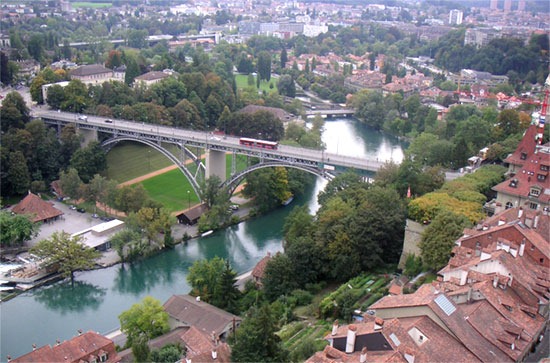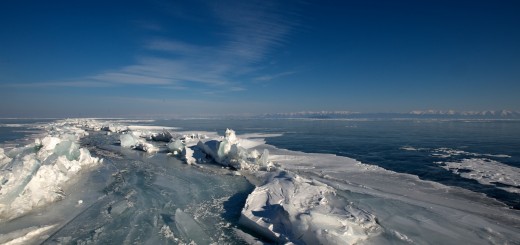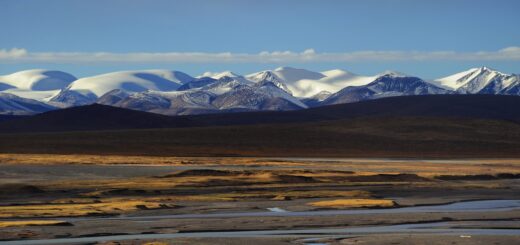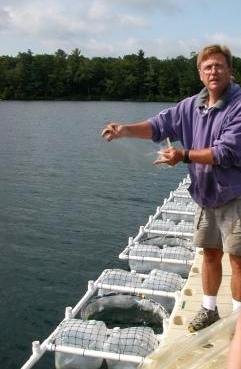Greenhouse Gas Emissions Of Small Lakes
0Despite their small footprint throughout Earth’s landscape, small lakes and ponds have an outsized role in the production of greenhouse gases, according to new research from scientists at Yale University. Their work focused on the amounts of methane and carbon dioxide that the smaller bodies of water can generate.
Full results of the investigation are published in the journal Nature Geoscience. In the article, researchers at the university detail their efforts to quantify just how much greenhouse gases the smaller bodies are emitting when compared to their larger counterparts.

Forest pond located in the Umatilla National Forest. (Credit: Oregon Department of Fish and Wildlife / Public Domain)
Previously collected data on the number of lakes and ponds globally were used as a starting point. The Yale scientists then combined those figures with a selection of datasets on the carbon dioxide and methane concentrations from 427 water bodies.
After leafing through the information, researchers came to a conclusion. Concentrations of the gases, they found, were greater in the smaller ponds that they considered. And as the water bodies got larger, the levels trended down.
The takeaway finding is that small ponds account for 15.1 percent of carbon dioxide emissions and 40.6 percent of diffusive methane emissions. This is in spite of their size, which is typically less than a quarter acre, and the fact that they make up less than 9 percent of the surface area of the world’s lakes and ponds.

A small tarn in the UK’s Lake District, Cumbria, England. (Credit: Flickr User sagesolar via Creative Commons 2.0)
Yale scientists believe that the physical makeup of the small water bodies is what makes the difference. Because of their high perimeter-to-surface-area ratio, the ponds accumulate more leaf litter, sediments and other terrestrial carbon inputs. This makes their carbon loads more concentrated when compared to larger lakes. Also, when you consider how shallow the small ponds are, it’s easy to see that gases produced by them can more easily reach the surface and escape into the atmosphere.
Though it’s difficult to assess such small ponds on a large scale because they don’t show up well in satellite imagery, researchers say that other means, like LiDAR or aerial imaging, can be used to map them. To better understand just how many of these smaller water bodies there are around the world, the scientists suggest further study into the area.
How important are small ponds to global greenhouse gas emissions? Are there other methods that can be used to map them worldwide? Please consider leaving a comment to share your thoughts!













